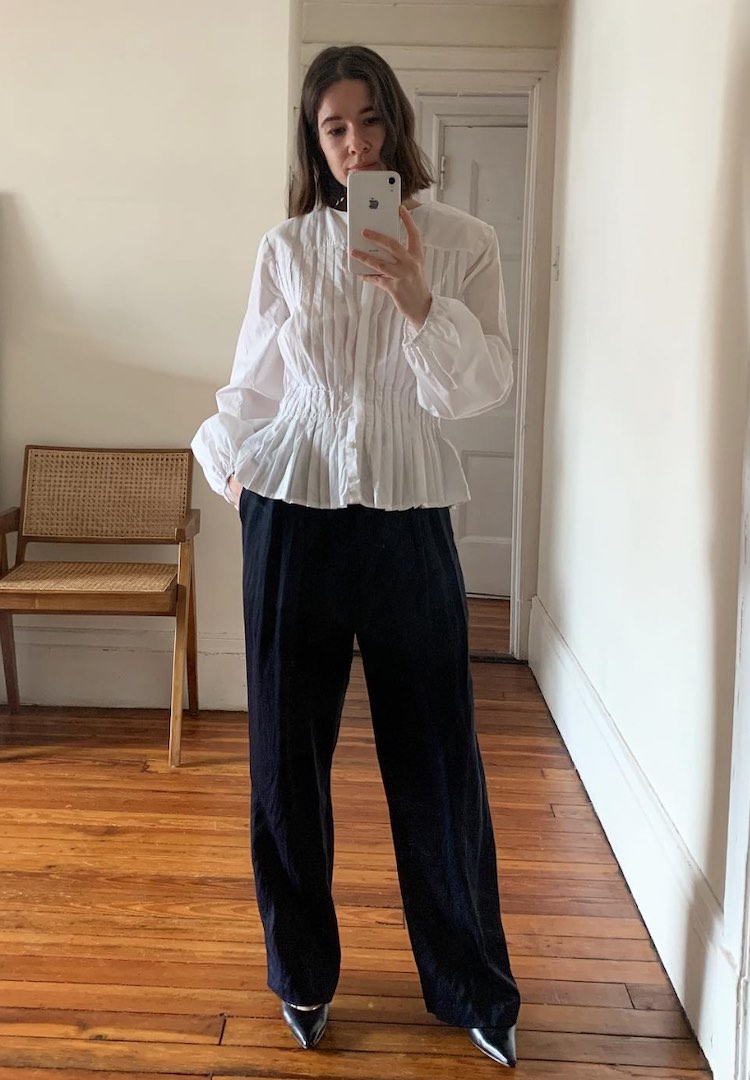Why ditching like counts probably means more money for Instagram, not less
Illustration by Twylamae
The idea that Instagram will lose money by removing like counts is a failure to understand how the platform makes money in the first place.
After last week’s news that Instagram has rolled out a real-world trial of the removal of like counts in Canada, many pundits were left asking if this was all just a PR stunt. How could Instagram make money out of this, they asked, when so much advertising relies on like counts?
My question in reply is… does advertising actually rely on like counts?
Engagement on Instagram is no longer measured solely on likes; savvy brands will request much more than that from the influencers they work with. They want to see private screenshots of your impressions, reach, story views, swipe up actions, demographics and more, to add to the publicly viewed engagement numbers of likes and comments.
Like counts don’t necessarily reflect the reach or amplification that your message has achieved – and occasionally, in my experience, content that reaches more people than usual can still receive a lower like count.
So why would it matter to the brand if an influencer’s like count is now private? It will still be provided to them as part of the suite of analytics they request post-campaign. And, in terms of their own content, they’ll still be able to view it on their own accounts.
The assertion that the removal of public like numbers will lower the spend on Instagram is a fundamental misunderstanding of how influencers and brands use Instagram ads to amplify their content. So, let’s start at the beginning…
Imagine that Instagram removes all like counts on Instagram. How do influencers react to this?
Well, if the bloggers and influencers I’ve spoken to are anything to go by, there will be widespread relief. Public like counts often restrict their drive to share content that doesn’t fit the ‘Instagram aesthetic’, and encourages them to maximise engagement by only posting at certain times, rather than in real time.
If we’re all calling for influencers to become more authentic, then this is the first step, right here. No longer will they be worried about their organic, personal posts achieving high engagement numbers so that potential brands can choose who they work with based on (often falsely inflated) like counts. This should see an uptick in more authentic posting, and more regular posting – and a decrease of those annoying ‘did you see my latest post’ stories and ‘reposted bc low engagement’ captions.
So far, only an upside for Instagram – more content means elevated engagement across the channel in terms of screen time. More authentic content, not focussed on procuring high like counts, means better and more varied content for users.
The influencer is still doing as many promoted posts as they were before, and spending on boosting as many posts as they were before – and perhaps even more so, as brands will now certainly demand those behind the scenes analytics in growing numbers.
Interestingly, this gives rise to a knock-on effect; a reduction in the use of bots. Facebook (and by extension, Instagram) has been trying to reduce bot activity on their networks for many years now – preferring for that money to be poured into their own coffers via advertising spend. And now that brands will demand more behind the scenes analytics, they will be looking at a much richer suite of stats – stats that are much harder to fake via cheaply acquired bots.
After all, even the most junior marketer will know something is up when your like count on a post somehow exceeds your reach or impressions.
The other argument I’ve seen so far is that removing like counts will decrease people’s impetus to ‘like’ posts – the idea being that if you see a high like count, you’re more prone to liking it yourself.
But why does this matter to Instagram? In short, it doesn’t. Instagram knows much more than whether you just ‘like’ a post. It knows how long you pause to look at it. It knows whether you swiped through a gallery. It knows if you clicked the little ‘…’ button to read the entire caption. It knows if you expanded the comments to read what others have said. These are all engagement actions – and arguably, actions that are more meaningful, and encourage more time spent in-app than a double tap as you fly through your feed.
The focus of influencers and bloggers – and, likely brands too – will shift back towards creating good, authentic, interesting content. That, and probably an increased focus on follower count – which, again, drives advertising dollars (and, admittedly, another kind of bot activity).
Look, I agree that we should be wary of thinking that Facebook is changing this feature on Instagram solely for The Good Place points. And sure, it probably stands to make even more money from the removal of the feature. But is that such a bad thing if the outcome is better for users’ mental health?
As the El Paso ad tells so convincingly: ¿Porque no los dos?
Follow Bianca’s low-engagement Instagram over at @bianca.oneill










